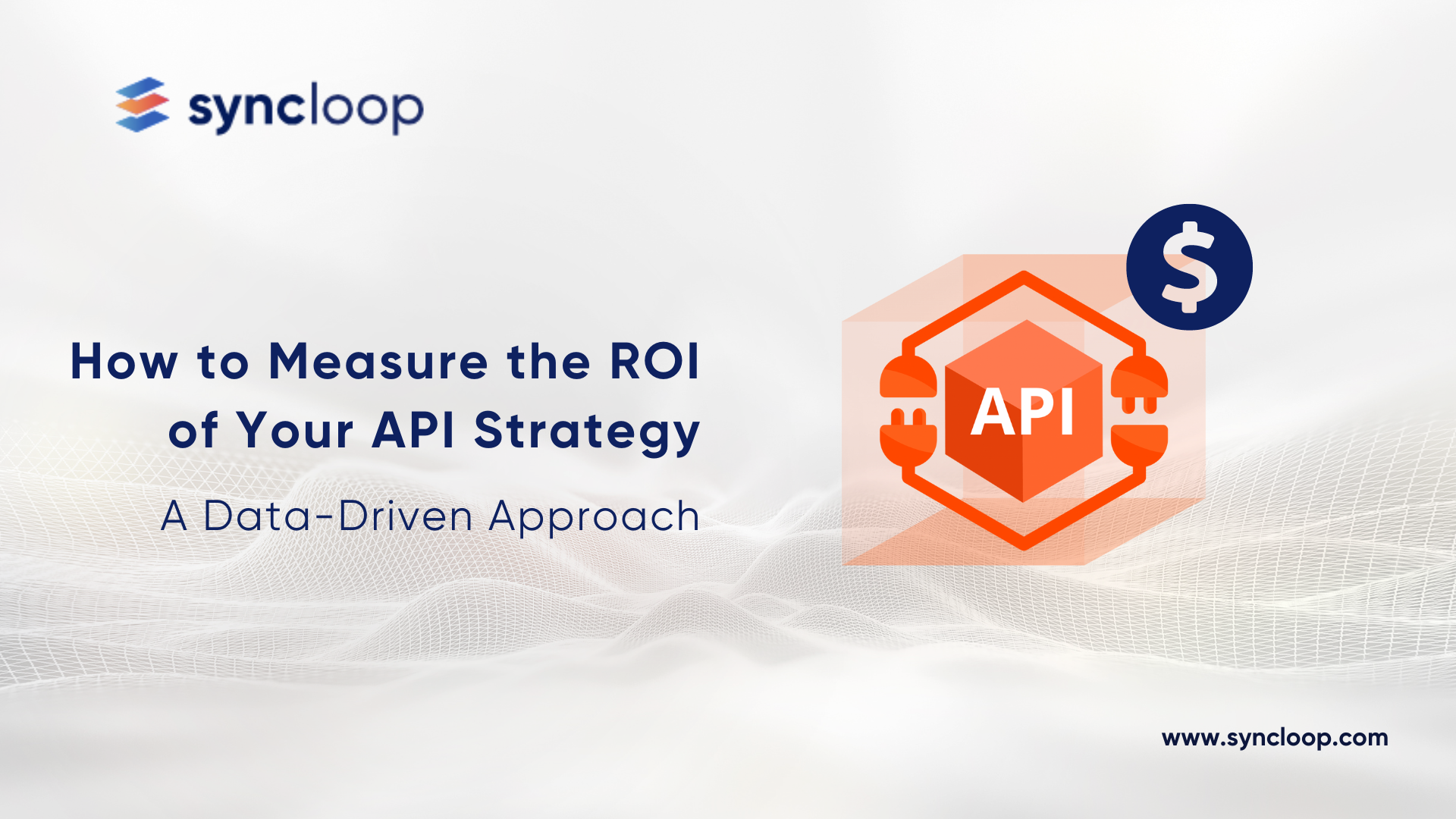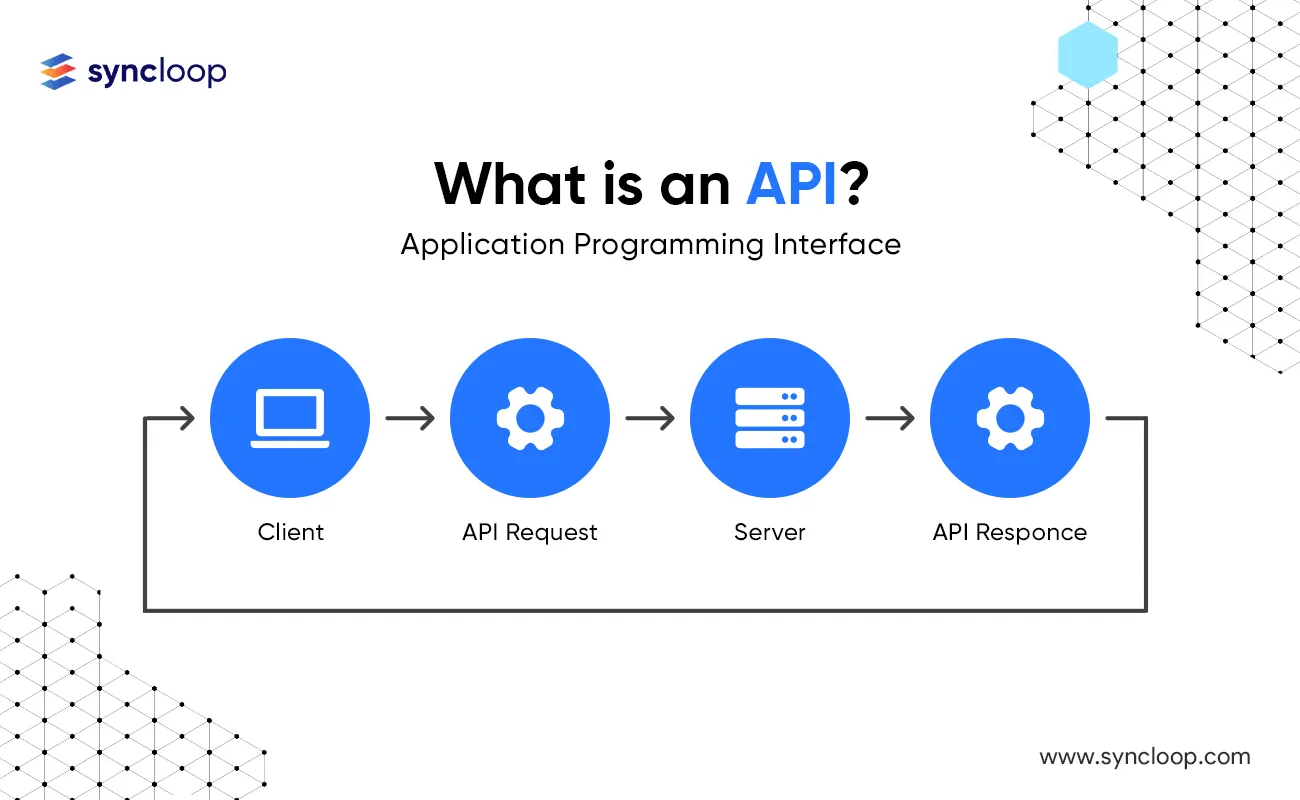How to Measure the ROI of Your API Strategy: A Data-Driven Approach
Posted by: Deepak | May 09, 2024

Categories: Business APIs, Digital Transformation, API Strategy
In today's API-driven world, measuring the return on investment (ROI) of your API strategy is crucial. APIs represent a significant investment in terms of development, maintenance, and ongoing operations. However, quantifying the value they generate for your business can be challenging. This blog delves into the world of API ROI measurement, exploring key metrics, data-driven approaches, and best practices. We'll equip you with the knowledge to assess the effectiveness of your API strategy and demonstrate its positive impact on your business goals.
Why Measure API ROI?
Measuring API ROI goes beyond simply tracking development costs. It's about understanding the tangible business benefits your APIs deliver. Here's why it's important:
- Justify Investment: Quantify the value proposition of your API strategy to secure ongoing support and resources.
- Identify Areas for Improvement: Measure key metrics to identify areas where your API strategy can be optimized for greater impact.
- Demonstrate Success: Showcase the positive ROI of your APIs to stakeholders and decision-makers.
Statistics highlight the growing awareness of API ROI measurement. According to a 2023 report by Apigee, 72% of organizations acknowledge the importance of measuring the business value of their APIs, indicating a shift towards data-driven API management.
Key Metrics for Measuring API ROI
There's no one-size-fits-all approach to measuring API ROI. However, some key metrics provide valuable insights:
- API Usage: Track the number of API requests, active developers, and API calls per user to gauge adoption and developer engagement.
- Developer Onboarding: Measure the time it takes developers to understand and integrate with your API. A smooth onboarding process leads to faster adoption and increased API usage.
- Revenue Generation: For monetized APIs, track revenue generated through subscription fees, pay-per-use models, or data access charges.
- Cost Savings: Quantify cost savings achieved through API integrations, such as reduced development time for new features or streamlined data exchange between systems.
- Customer Satisfaction: Monitor customer feedback and satisfaction metrics related to API functionality, ease of use, and overall experience. Positive feedback indicates the API is delivering value.
A Data-Driven Approach to API ROI Measurement
Effectively measuring API ROI requires a data-driven approach:
- Set SMART Goals: Define Specific, Measurable, Achievable, Relevant, and Time-Bound goals aligned with your overall business objectives.
- Identify Data Sources: Determine the sources of data needed to track your chosen metrics. This could include API analytics platforms, developer portals, CRM systems, and financial records.
- Establish Baselines: Define baseline values for your chosen metrics before implementing your API strategy. This provides a reference point for measuring improvement.
- Track and Analyze Data: Continuously monitor your chosen metrics and analyze the data to identify trends, understand user behavior, and assess the overall impact of your API strategy.
- Refine Strategy: Based on your data analysis, refine your API strategy to address identified areas for improvement and optimize API performance for achieving your business goals.
Industry-Specific Use Cases: Measuring API ROI in Action
Here's how different industries leverage data to measure API ROI:
E-commerce: Track API usage by third-party marketplaces and analyze the revenue generated through these integrations. This demonstrates the value of APIs in expanding sales channels.
FinTech: Measure cost savings achieved by using a financial data API to replace manual data aggregation processes. This showcases the API's contribution to improved operational efficiency.
Healthcare: Track patient engagement with a healthcare app that utilizes APIs to access medical records and appointment scheduling. This signifies the API's role in improving patient experience and service delivery.
Latest Tools and Technologies for API ROI Measurement
The API management landscape offers tools to streamline data collection and analysis for ROI measurement:
- API Analytics Platforms: Platforms like Syncloop provide comprehensive dashboards and reports for tracking API usage, developer behavior, and performance metrics.
- Business Intelligence (BI) Tools: BI tools like Tableau and Power BI can integrate with API analytics data to create custom reports and visualizations, providing deeper insights into API ROI.
- Customer Relationship Management (CRM) Systems: CRM systems can be used to track customer interactions related to APIs, providing valuable feedback for measuring API adoption and satisfaction.
Challenges and Considerations
While data-driven API ROI measurement offers numerous benefits, some challenges exist:
- Data Integration and Aggregation: Integrating data from various sources can be complex. Establishing a centralized data collection and analysis process is crucial.
- Defining the Right Metrics: Choosing the appropriate metrics depends on your specific business goals. A balanced approach that considers developer adoption, operational efficiency, and revenue generation is essential.
- Attribution and Assigning Value: Attributing the full impact of an API to specific business outcomes can be challenging. It's important to consider other factors that might influence results.
Conclusion
Measuring API ROI is a continuous process that requires a well-defined strategy and data-driven insights. By setting clear goals, tracking relevant metrics, and leveraging the latest tools, you can demonstrate the value your API strategy delivers to your organization. Remember, a successful API strategy goes beyond technical prowess; it's about quantifiably proving its positive impact on your bottom line and overall business objectives. As APIs continue to play a pivotal role in driving digital transformation, mastering the art of API ROI measurement will empower you to make informed decisions, optimize your resources, and ensure your API program contributes to long-term business success.
Back to Blogs

